How Dangerous Is It to Sail Across the Pacific?
Any sailing adventure can be dangerous; people have died in their home waters in sight of land, and sailors have disappeared offshore for years, and some still do so, let alone in the vastness of the Pacific. But like any dangerous activity, there are levels of acceptable risk, and there are ways to mitigate and manage that risk.
Sailing offshore is dangerous, but with proper preparation and skills crossing the Pacific can be as safe as many other sporting activities and modes of transportation and safer than many.
Your odds of dying in a car accident are about one in 8,000 in any year, but you take steps to improve the odds - we wear seatbelts, rest when we're tired, install airbags, and so on to lower our chance of injury and death.
I have extensive off-shore sailing experience and sailed the Pacific on many occasions; ocean sailing has its risks too, but if you can identify them and take steps to prepare for the trip, you can make it safer.
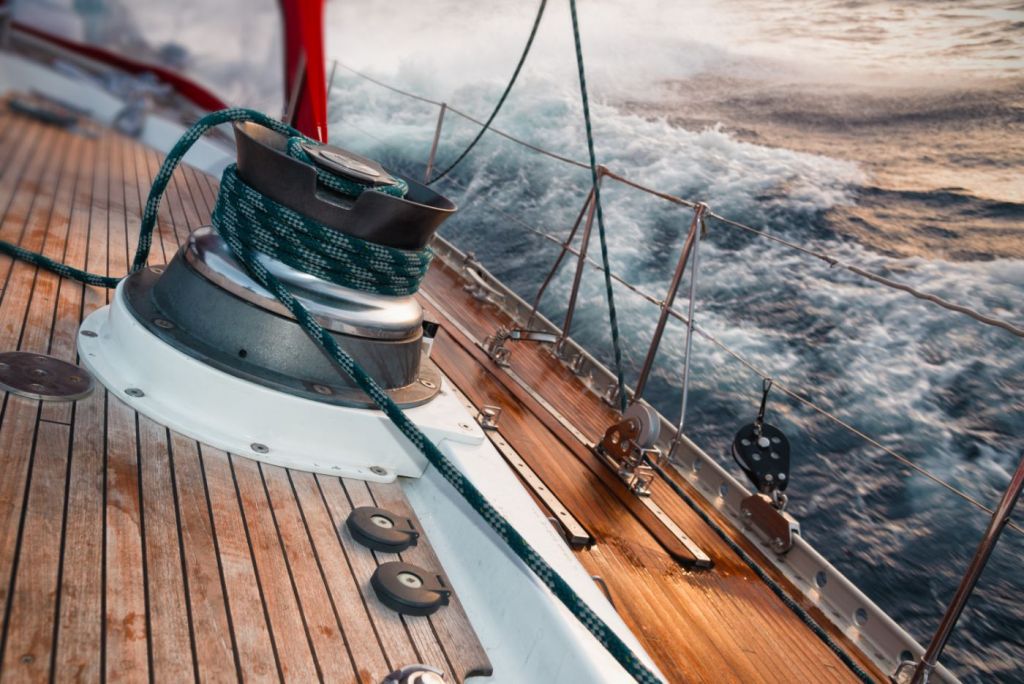
How Safe is Sailing Across the Pacific Actually?
"Dangerous" is both relative and subjective, based on who you ask. Someone who bungee jumps or skydives has a very different take on risk than someone who won't cross an empty street against a light. So there is no exact quantification of "Dangerous" on a scale of one to one hundred. The best we can do is look at odds and probabilities and try to get a general sense of your chances of something bad happening.
Fatalities are very rare
Estimates put annual Pacific crossings by small yachts between 600 and 800; it's hard to get an accurate count since multiple routes and countries are involved. For those trips, fatalities are rare while crossing. But when it happens, the news coverage is spectacular and often speculative and exaggerated about the risks. A boat going missing and never showing up is rare. Fatalities happen though, and it's never going to be without risk.
For an average person in the U.S., the lifetime risk of dying in an automobile accident is about 1 in 107. Given the small numbers of boats involved and limited number of lifetime passages made by sailors, it's tough to get similar actuarial projections. But 600-800 boats with anywhere from one to six people on them cross the Pacific every year, and most years there are not fatalities.
There are different types of risk
- Bad weather
- Health issues or injury
- Crew overboard
- Boat problems and breakage
- Navigation issues
In the next subheading, I'll go over each type, and will discuss ways to mitigate these risks, based on my own extensive offshore sailing experience.
What happens when it goes wrong?
Coastal rescue resources have a range of about 200 nautical miles in good conditions for recovering people from disabled boats. Outside that range, a fixed-wing flyover can spot you to send help but a shore-based helicopter can't pull you off. Outside this range, your likely rescue is from nearby marine traffic diverted to pick you up.
Communication is key - no one will come looking for you if they don't know you're in trouble and staying in touch will speed rescue. Satellite phones, Marine Single Sideband (SSB) radio, VHD, and other tracking devices like Spot and InReach can alert Search and Rescue (SAR) services and nearby marine traffic of your problem. Install them and learn to use them.
Remember - your boat is harder to sink than you suspect. Disasterous events like the '79 Fastnet and '93 Sydney-Hobart races showed that most of the abandoned boats did not sink, and sometimes crew who abandoned ship died while the boat survived. And a forty or fifty-foot boat in the water, even if foundering and dismasted, is a lot easier to spot from the air than a tiny life raft.
The lesson: stay with the boat as long as you can. There's truth to the old adage that you should only get in the life raft when you have to step up into it.
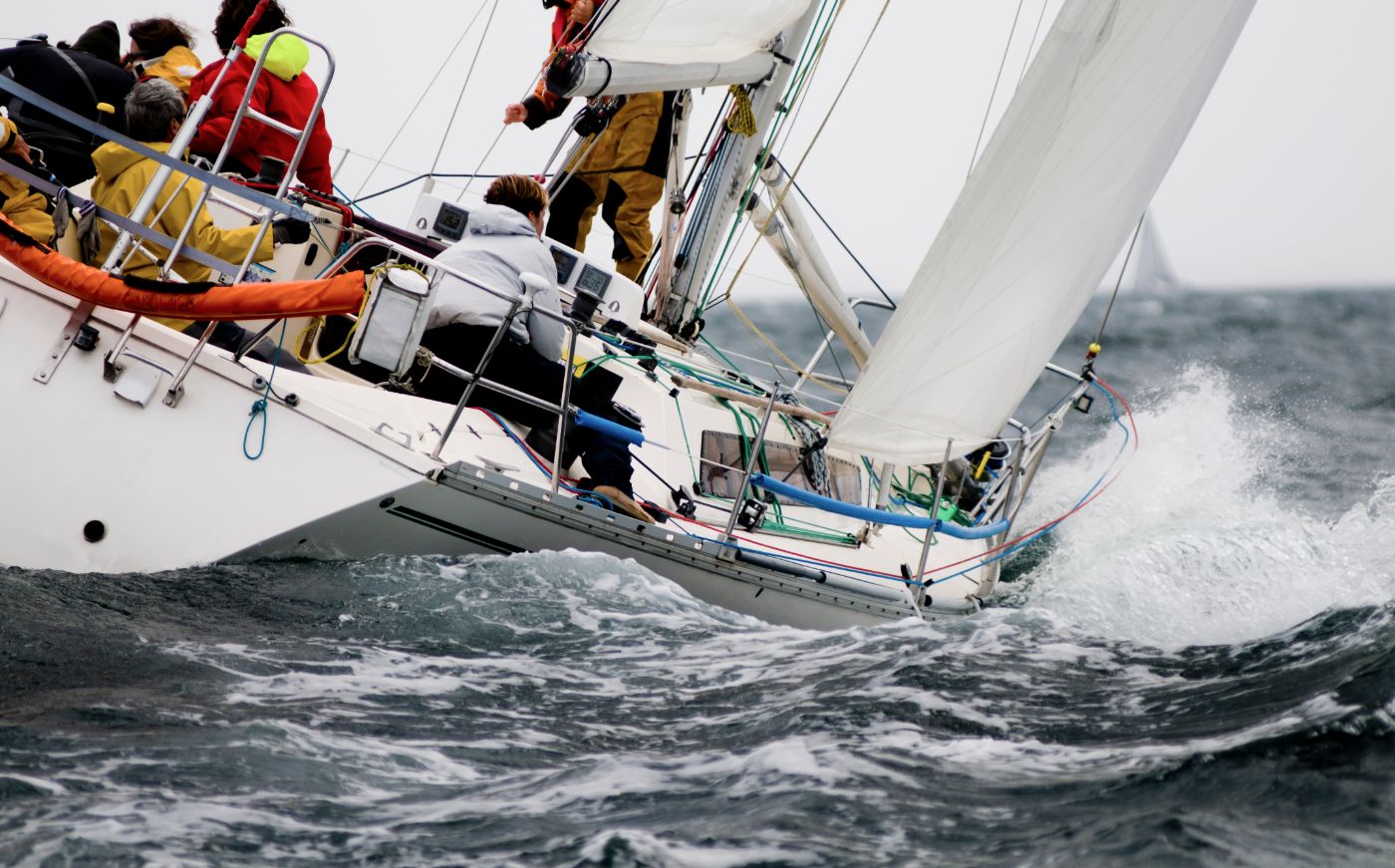
Knowing the Dangers
Identifying the risks is key to minimizing them. Every risk has some steps to lower or almost eliminate it, but nothing can make you 100% safe.
Weather
Bad weather is every sailor’s nightmare. When inexperienced or non-sailing people ask about our travels, the most common question is “Have you been in any bad storms?" Weather is a big risk, and one we focus on the most.
The Pacific has cyclones and hurricanes, and even a "normal" non-named stored can throw nasty and dangerous conditions at you. So how do we reduce this danger?
How to mitigate weather risk:
- Get good information. Access to quality, accurate weather data is a crucial survival tool offshore. You don't want to get blindsided by foul weather, and if you know early enough you can route around troublesome weather systems. Offshore we use satellite data and high frequency radio to get weather reports and forecasts. We learn to interpret weather reports, and what tools can help us route around problem areas.
- Time your departure. Hurricane season in the North Pacific and Cyclone Season in the South Pacific isn't a mystery, the risky dates are known. If you sail the South Pacific from November through April, your chances of running across a cyclone are good. Sail in May, and the odds drop closer to zero.
- Make a plan. Before sailors head offshore, we have a plan to handle heavy weather and adverse conditions. Different skippers have different ideas, but whether you plan to heave to on a sea anchor and ride it out or run ahead of the weather on bare poles, have several plans for how you want to deal with lousy weather.
- Prepare the boat. Your plan will require equipment like storm sails, drogues, sea anchors or other means to slow the boat down and control it. Install this gear, and test it out.
- Practice. If possible, it's best to practice what you plan to do in bad weather. Learn to heave to and learn how your boat handles best when hove to. Understand how your storm sails work - it's often different from your regular sails. Learn to deploy the sea anchor or drogue.
The good news is that a well found boat is hard to sink. Even in the worst weather, a solid offshore boat can ride it out even if it takes damage or you lose the rig.
Health Issues and Injuries
When you're 1,000 miles off shore, there's no 9-1-1 to call if someone has a health issue. A minor issue can turn major if untreated, and a major issue can turn fatal. Health issues are a risk everywhere you can sail out of the range of rescue, not just the Pacific. But you can get farther from rescue there than almost anywhere. So how do you minimize health dangers?
How to mitigate health and injury risk:
- A good medical kit. An offshore first aid kit is a must. Unlike inshore accidents and health problems, you need to handle a lot more issues. Your kit should include supplies to handle major injuries like broken bones and fractures and major lacerations, along with many other potential health problems.
- Get training. First aid training helps, you don't want to be staring at that huge medical kit with no idea how to handle any problems. CPR training is a must, and someone on board should have some basic first aid or know how to put in a staple or stitch.
- Know the crew's health. All crew members with potential health problems need to disclose them, and anyone with prescription needs should have a supply on board well over the planned voyage duration. Some medical conditions may affect how you equip your medical kit or what install on board; for example, if someone is at risk of a heart attack, consider installing an AED. You need to know what you might need without spending a fortune on unnecessary gear.
- Get a hotline to help. If you have a satellite phone, a medical helpline should be on speed dial. Know which services you can call, and what time of day. Remote diagnosis and triage can turn a potential disaster around and save a life.
Crew Overboard: undramatic but deadly
Not all offshore fatalities involve the loss or damage of a boat; a fair number of people who die offshore do so because they fell or were swept overboard. This is a risk anywhere you sail, and you can not be lulled into a false sense of security because the temperature is mild and the water is warm and a beautiful shade of cobalt. If you fall off the boat and no one recovers you, you will die. If you fall overboard at night, finding you will be nearly impossible.
How to mitigate the risk:
- Always tether when outside the cockpit. And at night at all times, even in the cockpit, tether yourself to the boat. Install jacklines before leaving, and use them to move around the deck, even when it's sunny and nice.
- Always wear Personal Floatation Devices (PFD) above decks. This is our rule. We learned years ago that when things go wrong, they go wrong FAST, and it's easy to find yourself on deck wrestling with a sail in rough conditions without your PFD before you realize you forgot to put it on.
- Practice Crew Overboard (COB) drills. Everyone on the boat should know how to handle the boat for a COB recovery. Figure out your procedures for getting all hands on deck and know how you will get someone back on board.
- Consider AIS/DSC COB transmitters. Advances in safety technology have led to compact devices you can install inside your PFD, which activate when your PFD inflates. They transmit your position to nearby boats and will set off radio alerts on board. At a minimum, every PFD should have a strobe light.
Boat Problems and Breakage
Poorly prepared boats lie at the heart of some of the higher profile rescues and losses at sea. Now and then someone unprepared sets out and ends up splashed across the headlines when they're rescued.
To be clear - even on well prepared yacht things break. On our passage to French Polynesia from the Galapagos, we lost our autopilot and had to hand steer. But even in this case, though I spent months preparing, I didn't prepare as I should, because my backup autopilot wasn't up to the task and I hadn't stress tested it.
There are minimum standards to prepare a boat for before heading offshore. The list is too long for this article, but everything on board should be working, lubricated, cleaned, serviced and in good repair. Spares for crucial systems should be on board and accessible, and routine checks of critical systems while under way are key.
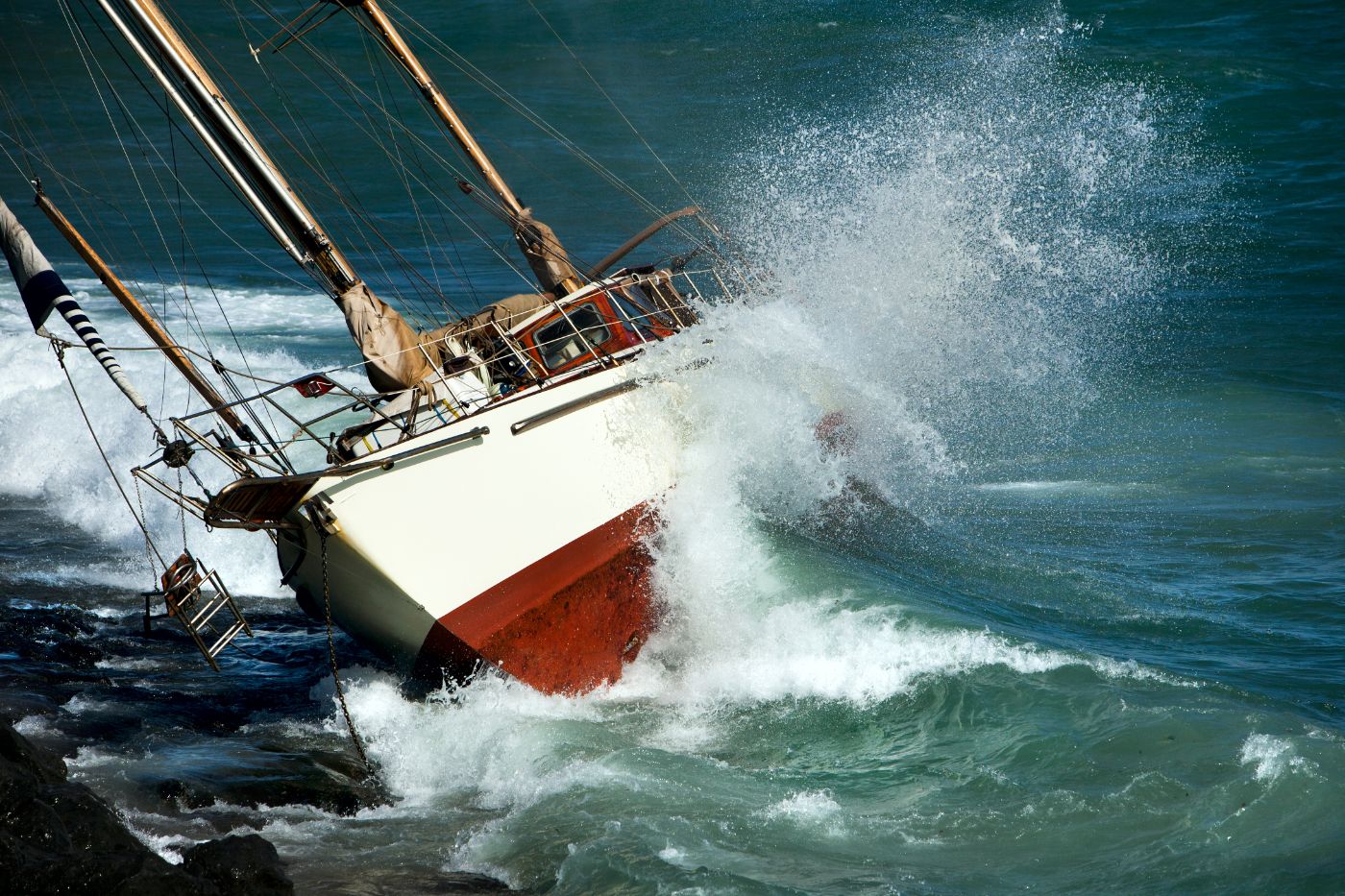
Navigation Risks
The South Pacific is a big place, but there are some pots where the charts are dodgy. On the 3,000 miles between the Galapagos and the Marquesas there's little to run into that isn't floating, but there are reefs, low-lying islands, and coral atolls scattered throughout the Pacific.
Careful navigation is the only way to avoid them. Some tips:
How to mitigate navigation risk:
- Pore over the charts of places you will sail through. If you've got paper charts, this is easier, especially if you plot the route on paper.
- Scan your entire plotted course zoomed in on your chart plotter or planning device. Some reefs and atolls will not show up when you're zoomed out.
- Give every hazard a very wide berth. The South Pacific is big, you will be sailing it for weeks. Sailing ten or twenty miles out of the way to miss a patch of reef won't make much of a difference.
- Never, ever "cut it close," especially after dark. If you're concerned about a reef, island, or other hazard and can't sail out of the way, wait until it's light.
- Reality check your instruments. It's tempting to rely on one primary chart plotter or GPS, but it's a good idea to have a second means to figure out where you are, and to make sure your primary systems are accurate. This can be a tablet, phone, handheld GPS, paper chart, or other tool.
- Keep a paper log. We record our position hourly, just in case we lose our instruments or power. Then we have at least an idea where we are to start a clean dead reckoning plot on paper.
Did you find the answer to your specific question?
👍 13 👎 2
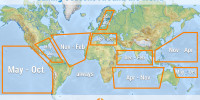
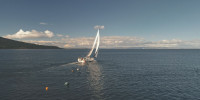
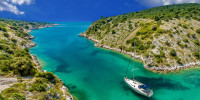
Comments
Kei
Hi,
I came across this article and got inspired by it. I have been thinking about sailing for a little while, and I am now desiring to sail from Seattle to Alaska. Off the top of your head, what would your advice be, since I do not have anything and do not know where to even begin. I am hoping that if there is a group that I can reach out to, that would be great!
Leave a comment